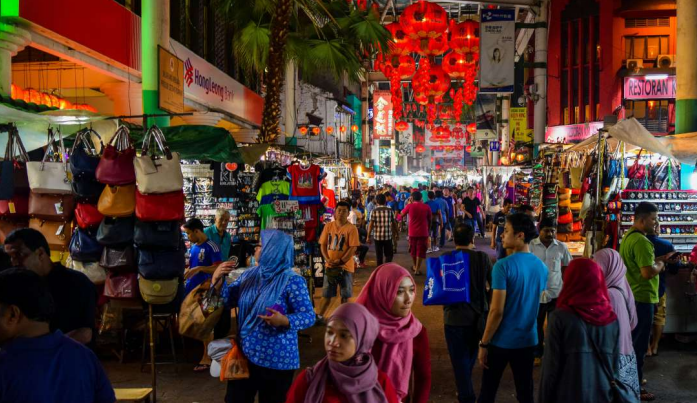In the ever-evolving landscape of Southeast Asia, traditional and modern retail are converging to redefine the region's commercial identity through localized service platforms and government digital initiatives. The factors contributing to the industry’s rapid growth at a compounded annual growth rate (CAGR) of 19.30% are the increase in technological advancements for market access and the impact of the COVID-19 pandemic that pushed retailers towards digital transformation.
Our Director, Shin Thant Aung, shared his expertise on the future of the region’s retail landscape at the Retail Asia Summit in Singapore last November 16, 2023. Key findings of his talk tackle a focused exploration of Southeast Asia's retail evolution, from market trends to technological advancements reshaping how consumers shop and businesses operate.
Retail Trends
Omnipresence in Retail - Southeast Asia's retail future is characterized by the intersection of traditional and modern commerce, propelled by the region's resilient and digitally savvy population. Notably, shoppertainment and social commerce are gaining prominence, offering consumers a more interactive and entertaining retail experience. Retailers are now urged to enhance data capabilities and develop loyalty programs to facilitate personalization.
Maintenance of Minimarkets and Convenience Stores - The shopping behaviors of Southeast Asian buyers are characterized by frequent, smaller shopping trips and a preference for convenience. This has given rise to the growth of small-format retail, particularly minimarkets and convenience stores, especially in residential areas. A remarkable shift is evident, with convenience stores and minimarkets expanding from approximately 26% (~1.2 B USD) of Indonesia's total modern trade market in 2008 to a substantial 73% in 2022 (~16.6 B USD). This growth underscores the importance of catering to local preferences and convenience-driven choices.
Technological Advancements
Artificial Intelligence (AI) and Extended Reality (XR) as Catalysts for Retail Revolution - AI simulates human intelligence and provides a competitive advantage both commercially and operationally. Its latest evolution, generative AI, holds transformative promise for hyper-personalization across various retail functions, including customer service automation, data-driven insights, personalized marketing, and inventory and supply chain management. AI-driven capabilities empower retailers to stay agile and responsive to evolving consumer preferences.
Meanwhile, XR enables consumers to visualize products in the digital space from an immersive brand experience. This has been utilized primarily by cosmetic and luxury brands to predict demonstrations with enhanced customer engagement while leveraging analytics and interactive product customization.
Cultivating a Resilient Supply Chain through 4PL and Blockchain - Resilient supply chains, fortified by blockchain technology and fourth-party logistics (4PL), are pivotal in improving timely deliveries and fostering consumer trust amid unforeseen challenges. Blockchain technology ensures supply chain visibility, secure transactions, innovative loyalty programs and currencies, and the simplification of cross-border trade. On the other hand, the B2B2C fulfillment model emerges as a key driver, amplifying cross-border transactions and fostering collaboration among e-commerce stakeholders for tax advantages, swifter delivery, and operational efficiency.
As Southeast Asia propels forward into the digital future of retail, the keys to success lie in localized strategies, technological advancements, and a consumer-first approach to resonate with the diverse preferences of Southeast Asia's consumers.
To get insight into other industries and the relevant trends that stakeholders should capitalize on, subscribe to our newsletter here and check out these reports:







